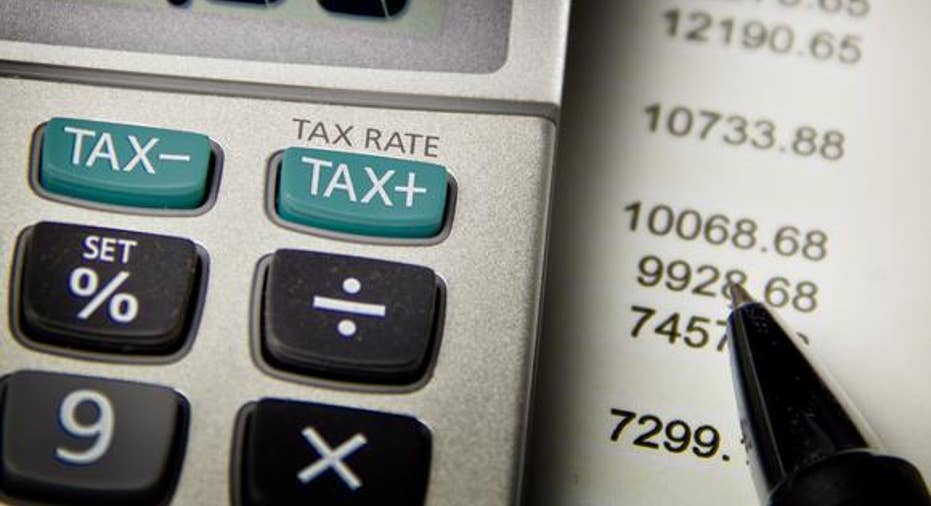Balance Sheet

Photo: www.SeniorLiving.org via Flickr.
A balance sheet is one of the major financial statements companies issue. It shows the financial position of a business at a given point, such as at the end of a fiscal year. The balance sheet lists all of the company's assets, liabilities, and shareholders' equity and can be rather useful when evaluating potential investments.
The basic equation of accountingA balance sheet is essentially a long version of the basic equation of accounting, which states that a company's assets must equal the sum of its liabilities and shareholders' equity.
Each category of information from the equation is grouped together on the balance sheet. Assets and liabilities are listed in a specific order, as we'll discuss shortly.
AssetsOn the balance sheet, assets are listed first and are generally listed in order of liquidity. In other words, cash and other assets that could be easily converted to cash are listed first, and assets that would be more difficult to monetize, such as buildings and machinery, are listed toward the end.
There are two major categories of assets: current and long-term.
Current assets are defined as assets that can be reasonably expected to be converted into cash within one year. This includes, but is not limited to (in descending order of liquidity):
- Cash and cash equivalents.
- Short-term investments.
- Receivables.
- Inventory.
- Other current assets.
Long-term assets, on the other hand, are not expected to be converted to cash within a year and may include:
- Buildings.
- Land.
- Machinery and equipment.
- Depreciation.
- Goodwill.
- Intangible assets.
- Long-term investments.
LiabilitiesOn the balance sheet, liabilities are typically listed in the order in which they're due. Just like assets, liabilities are separated into current and long-term, with the same one-year time period separating the two categories.
Current liabilities include items such as:
- Accounts payable.
- Accrued expenses.
- Short-term debts.
- Taxes payable.
Long-term liabilities generally include a company's long-term debt, such as bonds it has issued.
Shareholders' equityFinally, shareholder's equity tells us how much of the company is "owned" by the shareholders and includes information such as the par value of the common stock, any retained earnings, paid-in capital, and any stock held in the company's treasury. This is also known as the "book value" or "net worth" of a company.
It's important to note that the shareholders' equity listed on a balance sheet and the market price of a stock are usually two different amounts. For example, on Apple'smost recent annual balance sheet, shareholders' equity is listed at $119.4 billion, which translates to just $21.40 per outstanding common share -- far short of the actual share price of about $115 at the time the balance sheet was produced. In other words, the market places a value on Apple stock that's far greater than the sum of the company's parts, which isn't necessarily a bad thing. The shareholders' equity simply tells us the theoretical amount shareholders would get if Apple decided to close its doors, sell its assets, and pay its debts.
This article is part of The Motley Fool's Knowledge Center, which was created based on the collected wisdom of a fantastic community of investors based in theFoolsaurus. Pop on over there to learn more about our Wiki andhow you can be involvedin helping the world invest, better! If you see any issues with this page, please email us atknowledgecenter@fool.com. Thanks -- and Fool on!
The article Balance Sheet originally appeared on Fool.com.
the_motley_fool has no position in any stocks mentioned. The Motley Fool owns shares of and recommends Apple. Try any of our Foolish newsletter services free for 30 days. We Fools may not all hold the same opinions, but we all believe that considering a diverse range of insights makes us better investors. The Motley Fool has a disclosure policy.
Copyright 1995 - 2015 The Motley Fool, LLC. All rights reserved. The Motley Fool has a disclosure policy.



















